"Bird-other" IDs - Medium-sized Ground Birds
-
 by
wilderzone
moderator
by
wilderzone
moderator
This set will cover the grouse-like birds, plovers and other medium-sized birds that spend more time on the ground than in trees or flying. Other medium-sized birds that are frequent but haven't had good ID photos for are Crows, Hornbills, Go-away Birds, and several species of doves.
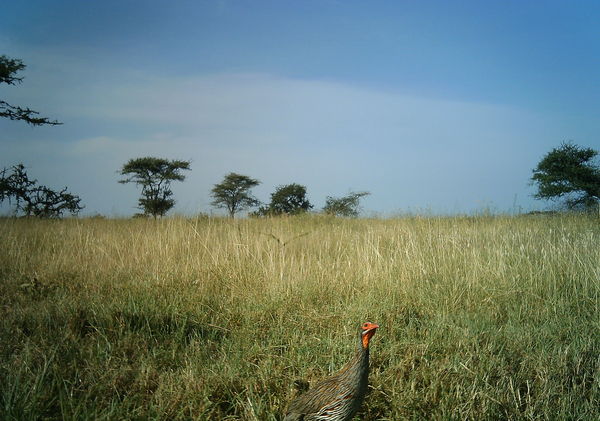
The Grey-breasted Spurfowl, Francolinus rufopictus, is a chicken-sized bird commonly seen in small groups. Their bright red naked throats and heads distinguish them from other francolin species. The Yellow-necked Spurfowl, Francolinus leucoscepus, is very similar but with yellow skin on the neck. I haven't tracked down any photos of those yet.
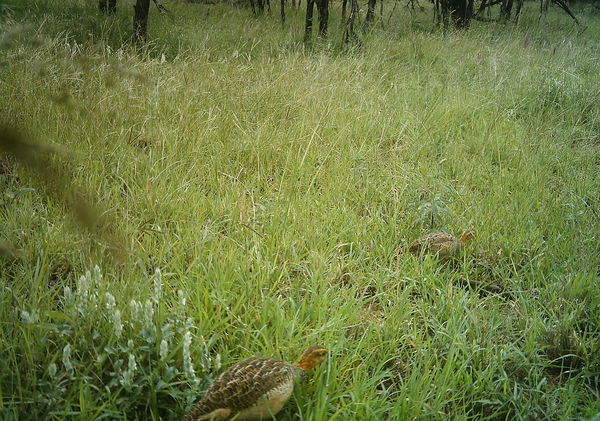
Coqui Francolins, Francolinus coqui, are smaller, quail-sized birds with distinctive rusty orange heads. There's a family group of them who are often captured resting under that one acacia shrub, you know the one. There are several other Francolin species, all with the same cryptic patterns, but no good photos of them that I could find.
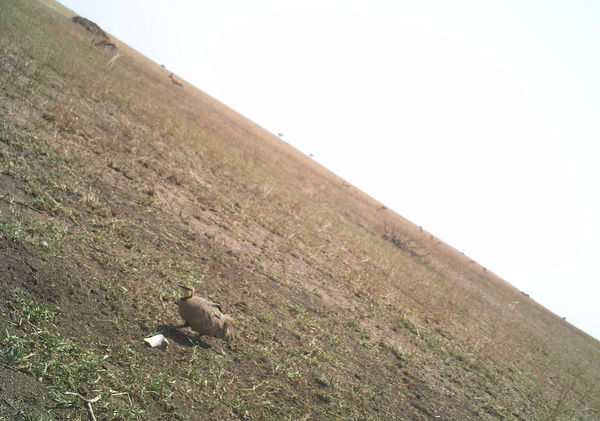
Unfortunately, the best shots of the Yellow-throated Sandgrouse, Pterocles gutturalis, come from this tilted camera. The biggest of the sandgrouse, they're about the size of a pigeon. A thick black band encircles the head and neck. Several other sandgrouse species inhabit the area, smaller with less bold markings.
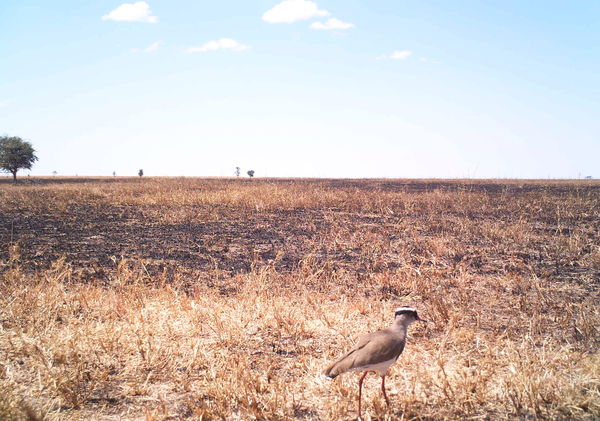
The Crowned Lapwing (or Plover), Vanellus coronatus, is a common dry country plover. It is distinguished by its long red legs and white crown around the black cap on its head.
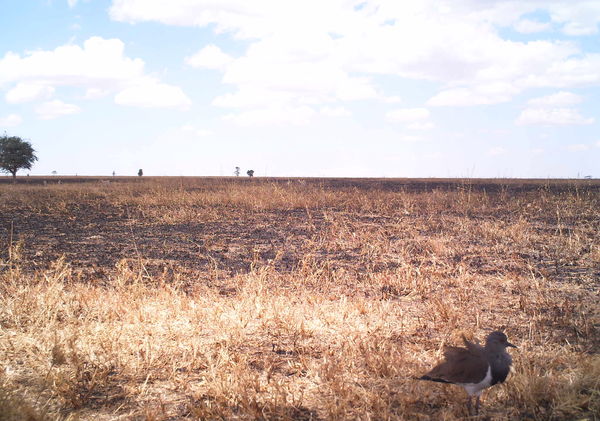
This is either a Black-winged Lapwing, Vanellus melanopterus, or a Senegal Lapwing, Venellus lugubris. Since he had his back to the camera, we can't see the primary distinguishing feature, the size of the white patch on his forehead.
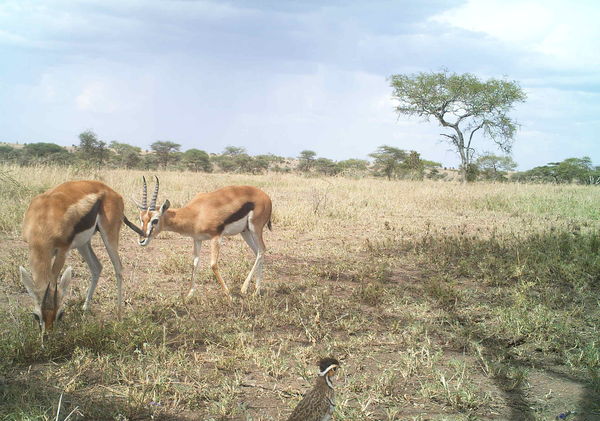
This Heuglin's Courser, Rhinoptilus cinctus, was a very rare capture. Coursers are generally only out in the early morning and late evening and are quite shy. Several other species in the area, would love to find another one!
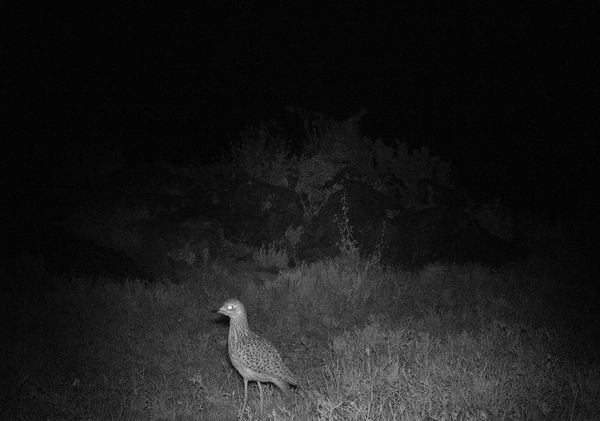
The Spotted Thick-knee, Burhinus cepensis, is also known as a Dikkop or Stone-curlew - common names can be confusing! They are nocturnal, so should only show up in night shots.
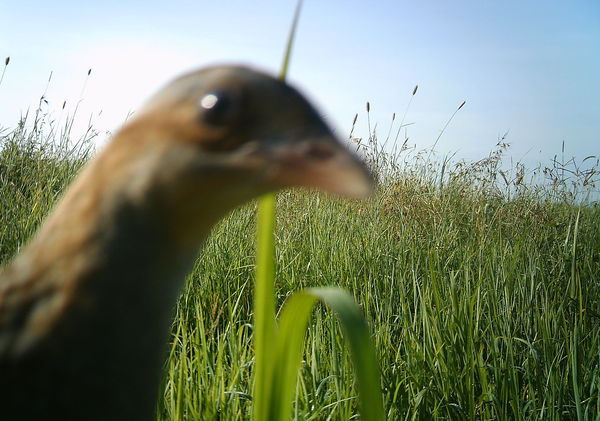
This Corncrake, Crex crex, is another rare spot. There was a lot of discussion on the ID, but nothing else had the characteristics. My field guide (Stevenson & Fanshawe) says they are "seldom recorded" so there might be some birders out there pretty interested in this record.
Posted
-
 by
wilderzone
moderator
by
wilderzone
moderator
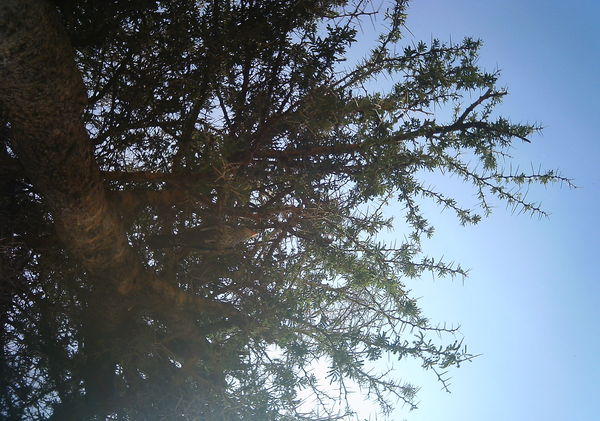
This just in! Someone knocked a camera over, and managed to catch a couple Red-billed Hornbills, Tockus erythrorhynchus! They are quite common residents, but since the cameras aren't set up for trees, they usually don't catch the more arboreal birds. Since this is just the underside, it's not great for ID, but wanted to post it since they are pretty neat.
Posted
-
 by
wilderzone
moderator
by
wilderzone
moderator
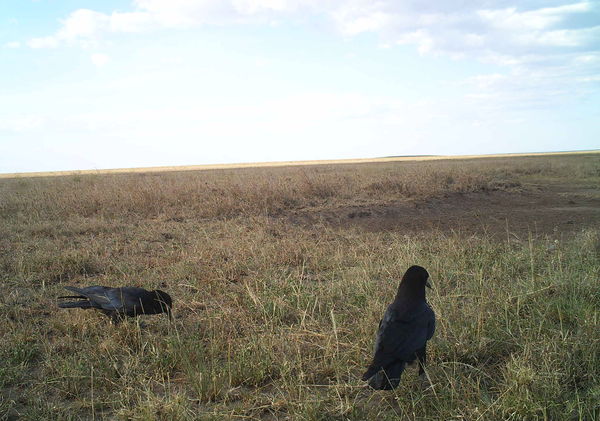
This just in (again)! Just located a decent photo of a pair of Cape Rooks, Corvus capensis. Other than the Rook, there are also Pied Crows, Corvus alba, with white chest and shoulders, and the White-naped Raven, Corvus albicollis, with a white patch just on the shoulders.
Posted
-
 by
wilderzone
moderator
by
wilderzone
moderator
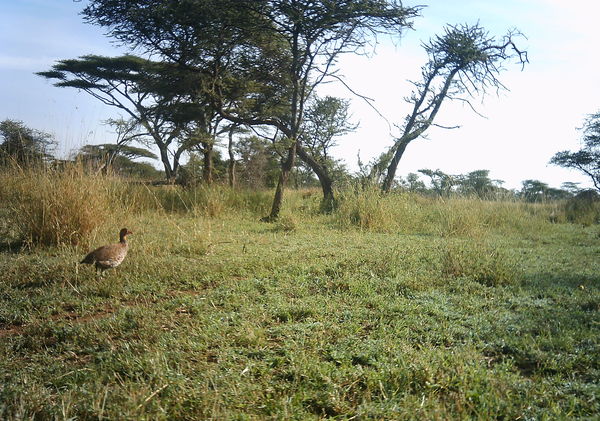
Image isn't entirely clear, and I've looked at it several times, and I think this is an Egyptian Goose, Alopochen aegyptiacus. The very waterfowl walk is pretty evident in the animation. ASG000diop I remember seeing lots when I was there in February, and if there's water nearby, it seems more likely.
Posted
-
 by
okopho
in response to wilderzone's comment.
by
okopho
in response to wilderzone's comment.
Great work on these bird threads, wilderzone!
Just a thought about this one: it appears that it has a red face, and a yellow patch on its throat. So could it be a Yellow-necked Spurfowl?
Posted
-
 by
wilderzone
moderator
by
wilderzone
moderator
Could be. Another commenter indicated Swainson's Francolin, but I wasn't able to find any bird by that name in my guide. It just seems pretty bulky for a francolin/spurfowl, and that waddle really has a waterfowl feeling, but then again, we've only got 3 frames to judge from. I've been really searching for a Yellow-necked Spurfowl photo, they should be just about as common as the Gray-breasted.
Posted
-
 by
davidbygott
moderator
in response to wilderzone's comment.
by
davidbygott
moderator
in response to wilderzone's comment.
Not Egyptian goose. I support spurfowl. In that habitat in SNP, grey-breasted is the most likely.
Posted
-
 by
wilderzone
moderator
by
wilderzone
moderator
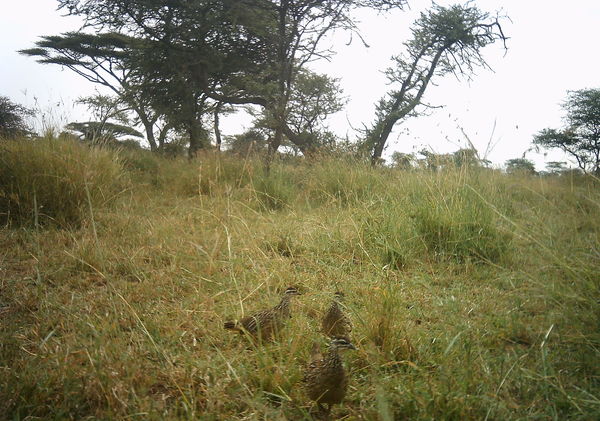
Finally got a decent capture of another species of Francolin. These are Crested Francolins, Francolinus sephaena.
Posted
-
 by
tgreenly
in response to wilderzone's comment.
by
tgreenly
in response to wilderzone's comment.
These photos and ID's are awesome! However I believe the one photo of the alleged Egyptian Goose is actually a Yellow-Necked Spurfowl. For the second photo of the animation I can see a distinct yellow patch on it's throat. I also believe it is too short of neck, and long of leg to be a goose. Thanks for making this guide, it is great to see so many beautiful species in this study area.
Posted
-
 by
maricksu
moderator
in response to tgreenly's comment.
by
maricksu
moderator
in response to tgreenly's comment.
Yes, absolutely some great and useful images in these ID guides, made long ago, big thanks to wilderzone! Wonderful, that these ID guides are found and read.
In case of referring to image ASG000diop , it was already commented by David above, not Egyptian Goose and most likely suspect is Grey-breasted Spurfowl in that habitat. That species is endemic to north-west Tanzania and it's stronghold is Seronera, the area in Serengeti where these cameras are set, and those have been seen quite often in these images. The light and image quality can affect the colour of throat patch here.
At least I have not yet seen any images of absolute sure Yellow-necked/Red-necked Spurfowl in these images.
In e.g. the field guide 'Birds of East Africa' by Stevenson & Fanshawe (mentioned above), is also quite nice distribution maps, where can be seen different habitat preferring of all 3 Spurfowls.Nice to mention here also, that in East Africa ' Spurfowl' is the more commonly used name of bare-throated Francolins 😃
Posted